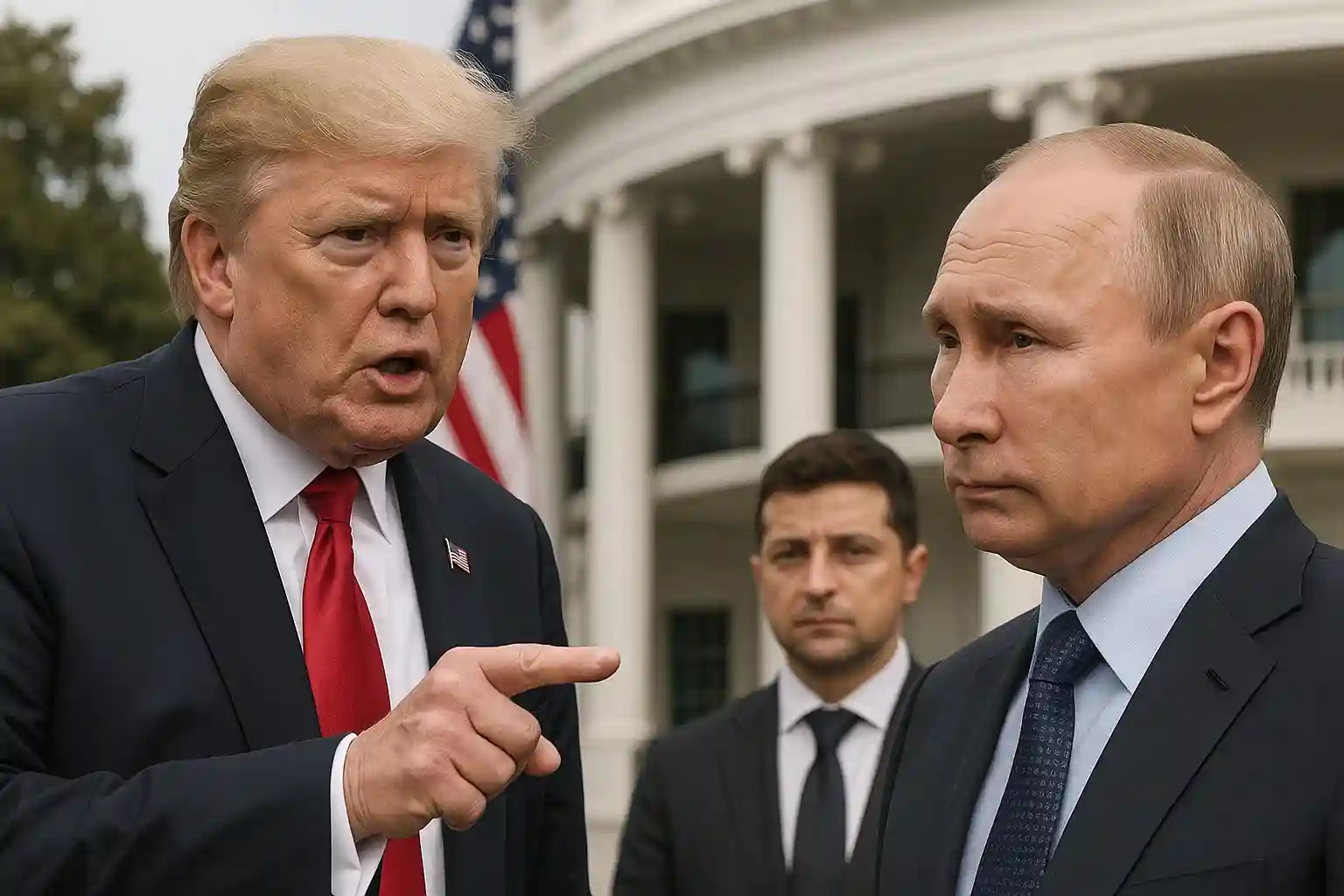India's Economic Tightrope: Navigating Trump's Tariffs While Safeguarding Growth

India's Economic Tightrope: Navigating Trump's Tariffs While Safeguarding Growth
NEW DELHI, India – India's ambitious growth trajectory is facing a formidable challenge from the latest round of U.S. tariffs, which have escalated to a staggering 50% on key Indian goods. This move, a mix of long-standing trade friction and a new penalty for India's energy purchases from Russia, has placed New Delhi on an economic tightrope. The government's response is a delicate balancing act, aimed at safeguarding the economy and protecting national interests without derailing its core strategic partnerships.
While the tariffs pose a significant threat to specific sectors, official statements from New Delhi have been measured. The government is committed to a multi-pronged approach that combines aggressive trade diplomacy, market diversification, and a renewed focus on domestic resilience.
The Economic Pressure Points
The impact of the tariffs is not evenly distributed across the Indian economy. While macro-level effects may be contained, the blow is concentrated on highly labor-intensive export sectors. Industries such as textiles, gems and jewelry, and apparel, which contribute significantly to both exports and employment, are most vulnerable. Facing a considerable tariff disadvantage compared to regional competitors, these sectors risk losing market share and could see significant job losses if the dispute is prolonged. India's government and export organizations are actively working to mitigate this localized but severe economic pressure.
Diplomacy and Diversification: The Strategic Response
India's strategy is two-fold. On the diplomatic front, senior officials are engaged in dialogue with their U.S. counterparts, advocating for a resolution that acknowledges India’s national interests and its role as a key partner. Simultaneously, New Delhi is accelerating its push for market diversification to reduce its reliance on any single trading partner. This includes fast-tracking free trade agreements (FTAs) with key blocs like the UK and the European Union and exploring new trade corridors within the Global South. Recent signing of the terms of reference for FTA negotiations with the Russia-led Eurasian Economic Union (EAEU) further highlights this strategic shift.
Fostering Domestic Resilience
To withstand external shocks, India is placing a renewed emphasis on building a self-reliant economy. The Production Linked Incentive (PLI) scheme, a flagship government policy, is at the forefront of this effort. By providing incentives for domestic manufacturing, the PLI scheme is encouraging both local and international companies to set up production facilities in India, particularly in high-tech sectors. This not only boosts domestic output and job creation but also strengthens India’s export competitiveness, creating a more resilient economic foundation that is better equipped to absorb the impact of global trade disputes.
The current economic challenge, while daunting, is being viewed by India as an opportunity to reinforce its commitment to strategic autonomy. By balancing diplomatic engagement with a firm strategy of diversification and domestic strengthening, New Delhi aims to navigate the economic tightrope and emerge as a more resilient and indispensable player on the world stage.


